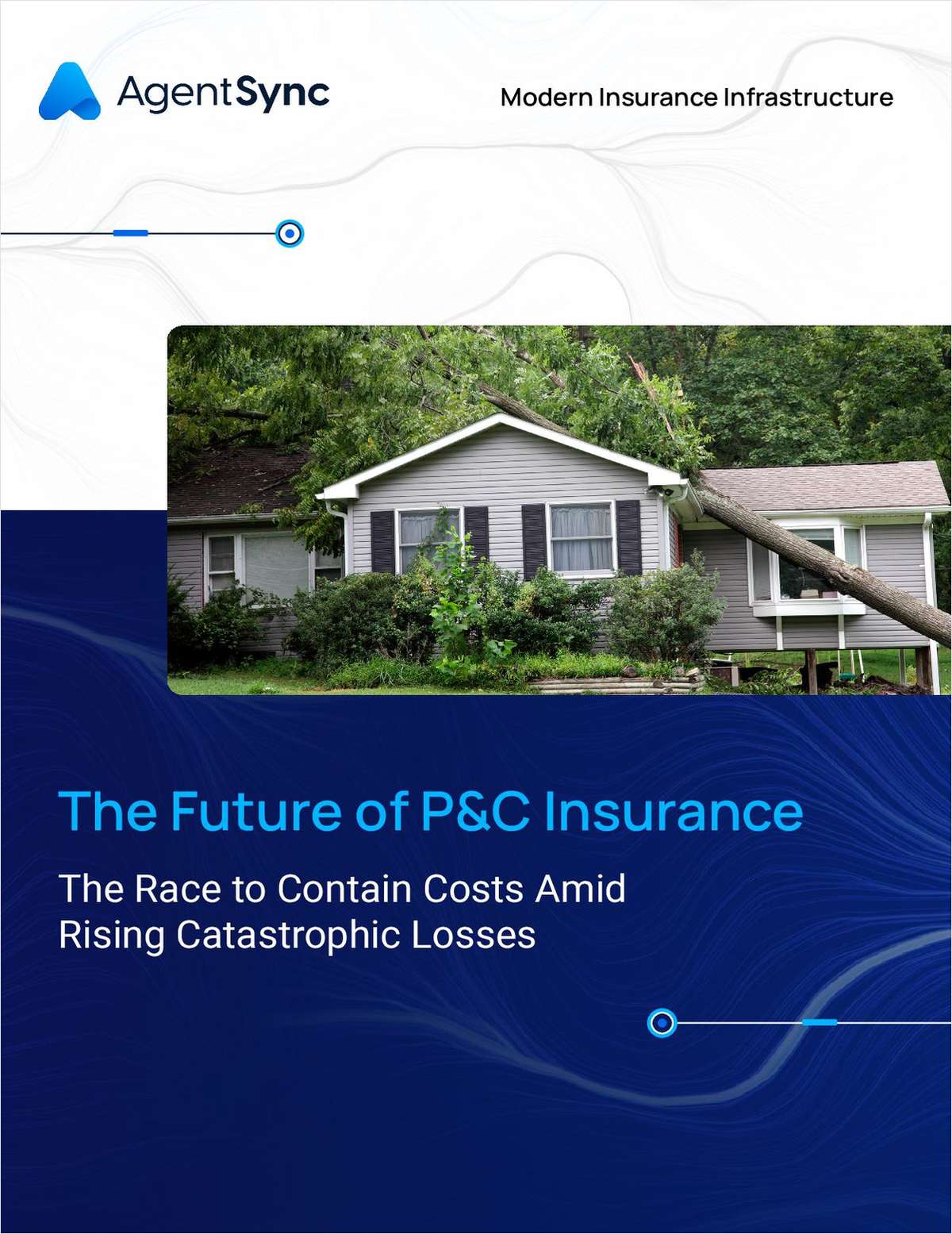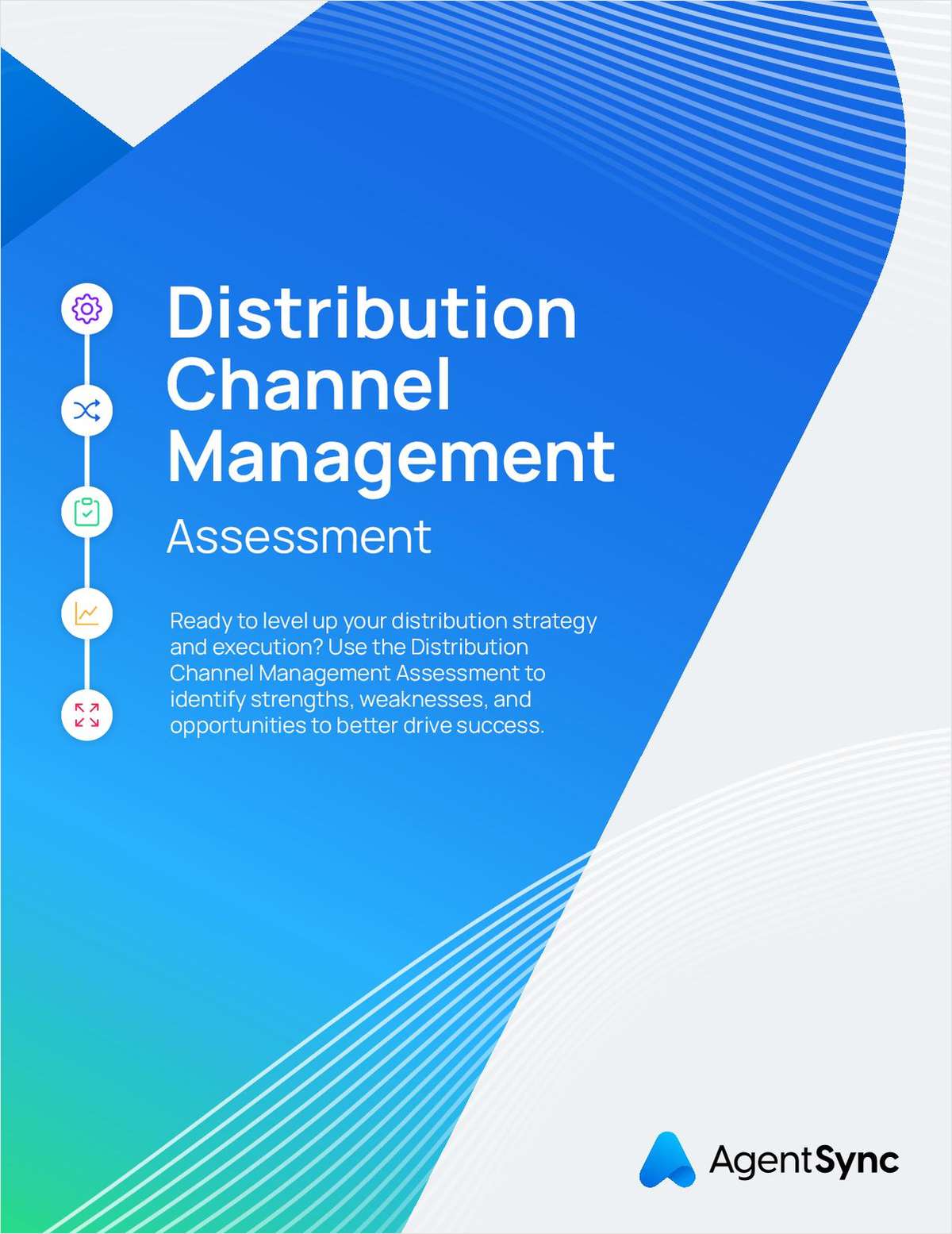Standard & Poor's Ratings Services yesterday raised its long-term and short-term counterparty credit ratings on Hartford Financial Services Group Inc. and Hartford Life Inc. to "A/A-1" from "A-/A-2."
In addition, S&P affirmed its "double-A-minus" counterparty credit and financial strength ratings on The Hartford's core property-casualty and life insurance subsidiaries. The outlook on all of these companies is stable, the report said.
"The ratings on HIG and HLI (combined Hartford companies) were raised because of the strength of the consolidated group's diversified sources of sustainable revenue from its life and property-casualty operations," said S&P credit analyst Robert Hafner.
The Hartford reported better-than-expected first-quarter earnings in both its life and p-c operations. Bank of America securities analyst Brian Meredith attributed the p-c gains to lower-than-expected expenses and better-than-anticipated underlying underwriting margins. Group life was the only life unit that did not report better-than-expected gains, Mr. Meredith said.
The strengths reflected management's commitment to a "more conservative financial profile and operational effectiveness, enhanced by highly disciplined and sophisticated enterprise risk management," he added.
Because of the approximately equal strategic importance of Hartford life and Hartford p-c to the overall group, the ratings on these companies reflect their combined profile--including leading market positions supported by extensive distribution relationships and product innovation, high brand-name recognition, very strong earnings, and effective expense management, S&P said.
The ratings also reflect the group's underwriting discipline, consistent operating performance, sophisticated risk management and very strong capital adequacy, the firm added.
Offsetting these strengths is the group's potential for earnings volatility from adverse p-c reserve development, catastrophic p-c losses and, in the life business, equity market volatility--as 40 percent of life earnings are from variable annuity asset-based fees, S&P asserted.
The report also listed additional offsetting factors, including:
o The dependence of its personal lines business on its AARP affinity relationship.
o Intense competition in its life and p-c markets.
o To a lesser extent, moderating concern over regulatory investigations and related class-action lawsuits.
Want to continue reading?
Become a Free PropertyCasualty360 Digital Reader
Your access to unlimited PropertyCasualty360 content isn’t changing.
Once you are an ALM digital member, you’ll receive:
- Breaking insurance news and analysis, on-site and via our newsletters and custom alerts
- Weekly Insurance Speak podcast featuring exclusive interviews with industry leaders
- Educational webcasts, white papers, and ebooks from industry thought leaders
- Critical converage of the employee benefits and financial advisory markets on our other ALM sites, BenefitsPRO and ThinkAdvisor
Already have an account? Sign In Now
© 2024 ALM Global, LLC, All Rights Reserved. Request academic re-use from www.copyright.com. All other uses, submit a request to [email protected]. For more information visit Asset & Logo Licensing.








